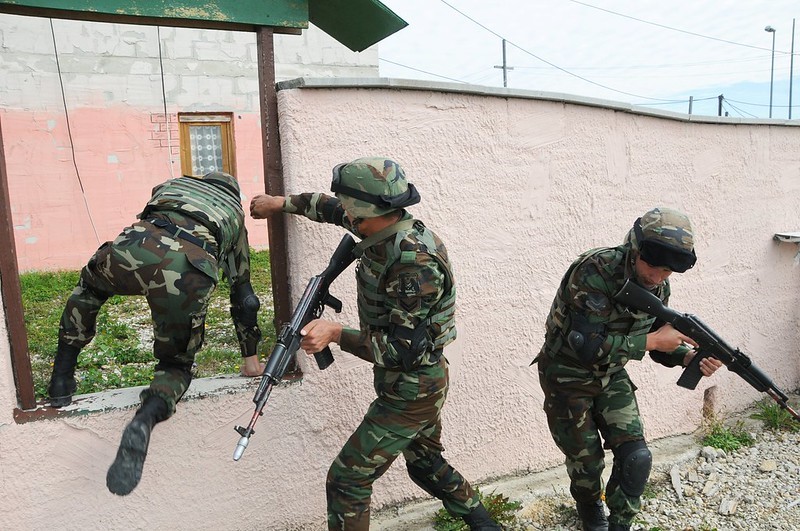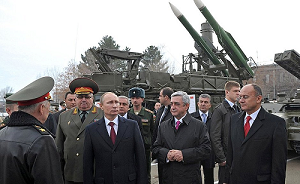Nagorno-Karabakh: The Democratization of Precision Strike and the Viability of Military Power
By Jack Watling
March 25, 2021, the CACI Analyst
The six-week Nagorno-Karabakh war, fought through the Autumn of 2020, may have been principally of local significance politically, but highlights changes in the viability of the use of force as an instrument of statecraft in a new era of great power competition. Extrapolation from the conflict should not be taken too far, but the democratization of precision strike and the constraints imposed on the use of air power pose serious questions for many European medium powers.

The Kremlin’s Security Strategy in the South Caucasus: Implications for Baku
By Anar Valiyev
March 7, 2017, the CACI Analyst
On November 30, 2016, the defense ministries of Armenia and Russia signed an agreement to establish a joint Russian-Armenian Military Joint Task Force (MJTF). In June 2016, Armenia agreed to join Russia's regional air security system designed to protect Russia's southern borders and its allies. The treaty allowed Armenia to rely on Russia's anti-aircraft system and military satellites in order to defend its airspace. In late September 2016, it was revealed that Moscow had transferred the Iskander mobile short-range missile system to Armenia. These recent developments have raised serious concerns in Baku over Armenia's military buildup and its consequences for the Nagorno-Karabakh conflict.

Armenia and Georgia reinforce military cooperation
By Erik Davtyan
March 8th, the CACI Analyst
On February 1-2, Georgia’s Defense Minister Tinatin Khidasheli paid an official visit to Armenia. During a meeting with her Armenian counterpart Seyran Ohanyan, the two defense ministers discussed issues pertaining to Armenian-Georgian relations as well as global and regional security issues. The parties also signed a military cooperation plan for 2016, prioritizing exchanges of experience, military education, professional training, and strategic planning as the main objectives of this year’s agreement. It is noteworthy that Armenia and Georgia have signed military cooperation plans annually since 2010.




